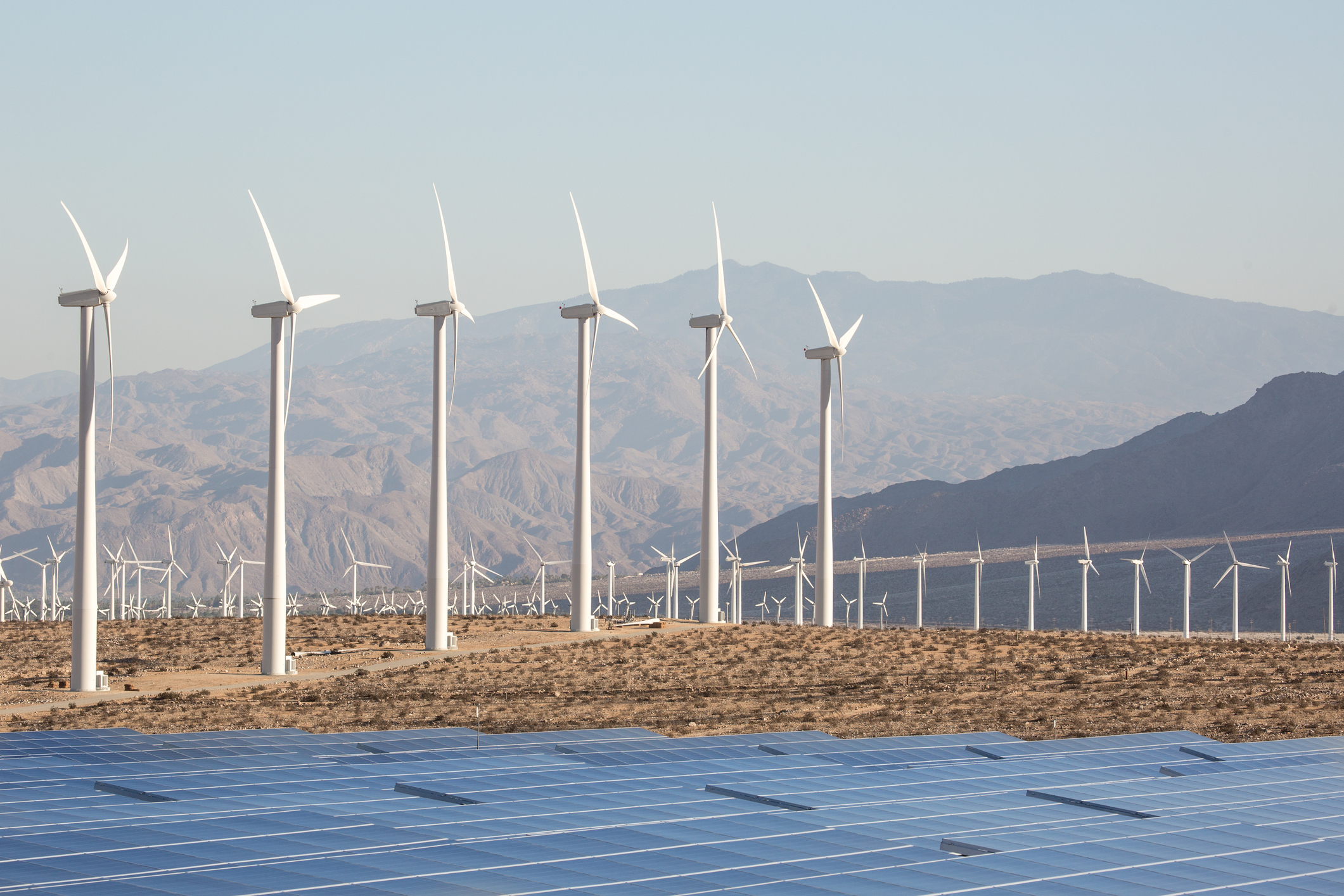
After a recent Supreme Court decision, questions remain about what states can do to regulate electricity.
In light of President Donald Trump’s promise to rescind many of President Obama’s climate change initiatives, some climate policy advocates are turning hopeful eyes to state policies that could encourage renewable energy development and reduce carbon emissions.
States’ options for regulating their own electricity systems will be governed in part by two recent U.S. Supreme Court decisions that addressed the different roles of states and the federal government in regulating the electric grid. According to a forthcoming paper by Joel Eisen of the University of Richmond School of Law, the collection of cases raises “more questions than it answers about which state initiatives are permissible.”
The U.S. system of electricity regulation has grown up as a system of “dual federalism,” in which state and federal regulators maintained separate spheres of authority. Under the Federal Power Act, the 1935 law which still governs electricity regulation, the U.S Federal Energy Regulatory Commission (FERC) regulates the wholesale energy market, and states regulate only the retail sale of energy to users. This regulatory system was enacted at a time when the U.S. electricity system was “stable and predictable,” composed of vertically integrated utility companies which controlled power generation, transmission, and delivery to customers.
Now that the electricity grid is increasingly decentralized and complex thanks to the rapid addition of solar and wind power, Eisen argues that it no longer makes sense to have this “bright line” distinction between federal and state regulatory authority.
The Supreme Court, in several recent decisions, seemingly recognized this new reality. According to Eisen, these decisions marked “the end of dual federalism in electricity law.” Of these decisions, one—Hughes v. Talen—is especially significant for states seeking to shape the electric grid.
In Hughes, the Court considered the validity of a Maryland law that provided incentives—which depended on wholesale electricity rates—for a new power plant to be built in the state. The Supreme Court overturned the Maryland law, holding that it interfered with the setting of wholesale rates—something which states are not allowed to do under the Federal Power Act’s division of federal and state regulatory authority. The policy was invalid because it “aimed directly” at generators participating in the wholesale market,” and because it based the incentive “explicitly on wholesale market price signals.”
Even though the Hughes Court gave some hints as to which state energy initiatives are permissible, it only explicitly barred one type of state initiative: “an initiative or subsidy with a direct effect on wholesale prices in a FERC-approved wholesale capacity market.” And the Court was careful to note that it was not addressing the “permissibility of various other measures States might employ to encourage development of new or clean generation.”
After Hughes, Eisen writes, states are still left with “considerable latitude” to pursue certain energy goals and subsidize certain kinds of energy generation, as long as they do not do so in a way that directly targets wholesale electricity rates. The decision, however, creates some ambiguity about what exactly it means for a state program to “directly target” wholesale rates. Eisen illustrates this by discussing two state energy initiatives—one hypothetical and one that has been proposed.
The first hypothetical initiative is a city ordinance that, with the goal of attracting a power plant, exempts the plant from all local property taxes. Eisen suggests that, even though local property taxes generally do not “aim directly at the wholesale electricity market,” a tax incentive such as this could fall into the grey area left by Hughes. This would be the case if the revenue the plant was expected to generate by selling on the wholesale market was explicitly factored into the calculation of the tax exemption.
The possibility that the Court could find a tax like this impermissible creates, according to Eisen, a “perverse incentive for state and local taxing authorities to…[be] less transparent about the reasons for granting exemptions,” because they may wish to hide the extent to which it considered the electricity market in granting the tax exemption. Exactly which kinds of tax incentives are permissible after Hughes “will be hashed out in future cases,” creating “a recipe for considerable uncertainty.”
The second policy Eisen looks at is a New York proposal to prevent the premature retirement of the state’s nuclear power plants, which are struggling to stay in business because of high operating costs. The policy would give the plants “zero emissions credits” which could be sold to utilities as part of the state’s Clean Energy Standard. While the Hughes Court mentioned incentives to construct new power plants, the opinion did not address an initiative like this, which is intended to keep existing plants operating.
According to Eisen, the New York program, as originally designed, “could not have survived scrutiny under Hughes,” because the zero emission credits were determined in part based on the revenue the plants receives from the wholesale electricity market. However, it is a murkier question whether an amended program which calculated the credits based on both a “social cost of carbon” measure and the revenue the plants were expected to generate from participating in the Regional Greenhouse Gas Initiative—a multi-state cap and trade program—would be permissible. Eisen posits that the answer depends on how future courts apply the Hughes decision. If Hughes bars any state incentive that is calculated using a direct consideration of wholesale electricity prices, then this program would be barred. But if Hughes only bars programs which directly change market prices, then this program would likely pass muster.
Given that the Supreme Court hears only a relatively small number of cases each year, Eisen predicts that recent cases like Hughes “are likely to be the Supreme Court’s last word on electricity law and policy for years to come.” If states become more aggressive about encouraging clean energy development over the next four years, it will likely fall to lower courts to decide which state electricity regulations are permissible under Hughes.



